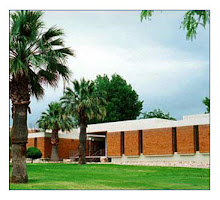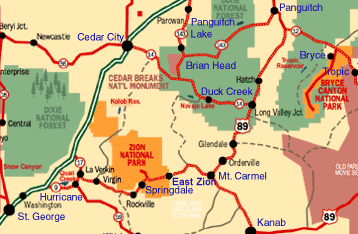
Everyone is Christmas shopping now, and St. George has stores and businesses galore. There is something new being built and opened all the time. It is fun and exciting to anticipate what new establishment is coming next.
But St. George lacks one important store, I feel. That store is a Toys R Us. We have one very small retail toy store and of course there are the toys within Wal-Mart, K-Mart, Target, and other similar stores. But I feel we NEED a larger toy store with greater variety and volume. Goodness….we have over 100,000 people living here, and lots of children who like toys.
Our phone book has pages and pages of listings for eating places….and only one listing for a small toy store. Toys R Us…..WHERE ARE YOU!!
But St. George lacks one important store, I feel. That store is a Toys R Us. We have one very small retail toy store and of course there are the toys within Wal-Mart, K-Mart, Target, and other similar stores. But I feel we NEED a larger toy store with greater variety and volume. Goodness….we have over 100,000 people living here, and lots of children who like toys.
Our phone book has pages and pages of listings for eating places….and only one listing for a small toy store. Toys R Us…..WHERE ARE YOU!!
+in+snow.png)





















